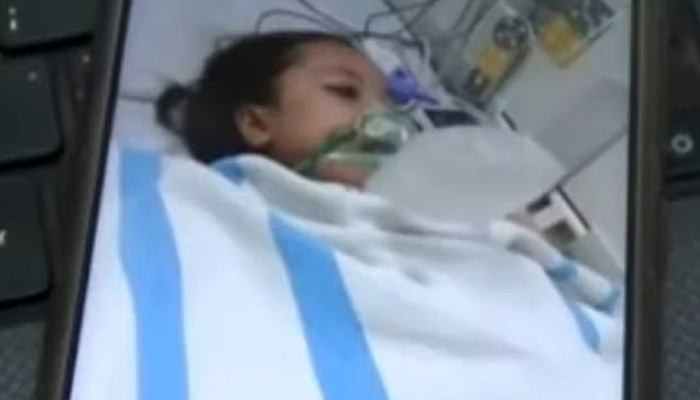Dead girl, 12, ‘wakes up’ while family clean her body for burial in Indonesia, before ‘dying again’ an hour later in front of doctors
 3288 Tuesday, 25 August, 2020, 21:15 A dead girl 'woke up' for an hour before 'dying again' after her body was placed in a bath to be cleaned for burial, it has been reported. The 12-year-old's eyes opened, she re-gained her heartbeat and her body warmed and began to move, the shocked family told local press. Doctors rushed to their home in East Java, Indonesia, to give the child oxygen, but she 'died again' an hour later. The girl - named Siti Masfufah Wardah - was declared dead at 6pm on August 18 in Dr Mohamad Saleh Hospital, Probolinggo, following organ complications due to chronic diabetes. Her family had taken her home at 7pm. The bodies of patients who die of heart failure have been known to briefly develop a pulse again - in a condition known as Return of Spontaneous Circulation (ROSC). Around 82 per cent of cases occur ten minutes after death, according to a 2007 report published in the Journal of the Royal Society of Medicine. Her father Ngasiyo, 40, told local media: 'When her body was being bathed, her body temperature suddenly warmed. 'And her closed eyes suddenly re-opened. And we found her heart was beating again and her body moved.' After her death was confirmed a second time, Siti's body was washed again and buried at the Lambangkuning Village Cemetery. Lumbang Police Chief AKP Muhammad Dugel confirmed the incident and said investigations were ongoing. Signs of ROSC can include breathing, coughing and movement, or a palpabale pulse, according to NHS England It states in notes for ambulance staff that ROSC is 'the main objective for all out-of-hospital cardiac arrests and can be achieved through immediate and effective treatment at the scene'. As many as 2,583 patients were resuscitated causing ROSC observations in 2017. |

"What Is This Mushroom?"... Japanese Man Trusts AI, Ends Up in Emergency Room
268027.11.2025, 22:53
Kenya's refugee camps suffer as US slashes aid (video)
636511.08.2025, 23:36
US considering China travel warning after nearly 5,000 cases of deadly virus: report
736403.08.2025, 18:12
Armenian doctor helps 14-year-old girl give birth during earthquake
696130.07.2025, 16:00
Doctors in Kamchatka continued surgery during earthquake (video)
705830.07.2025, 10:44
Trump says Coca-Cola agreed to use real cane sugar in US
787217.07.2025, 09:48
White House doctor says Trump is 'fully fit' in medical report
1329413.04.2025, 23:03
Chinese team finds new bat coronavirus that could infect humans
1461221.02.2025, 11:20
